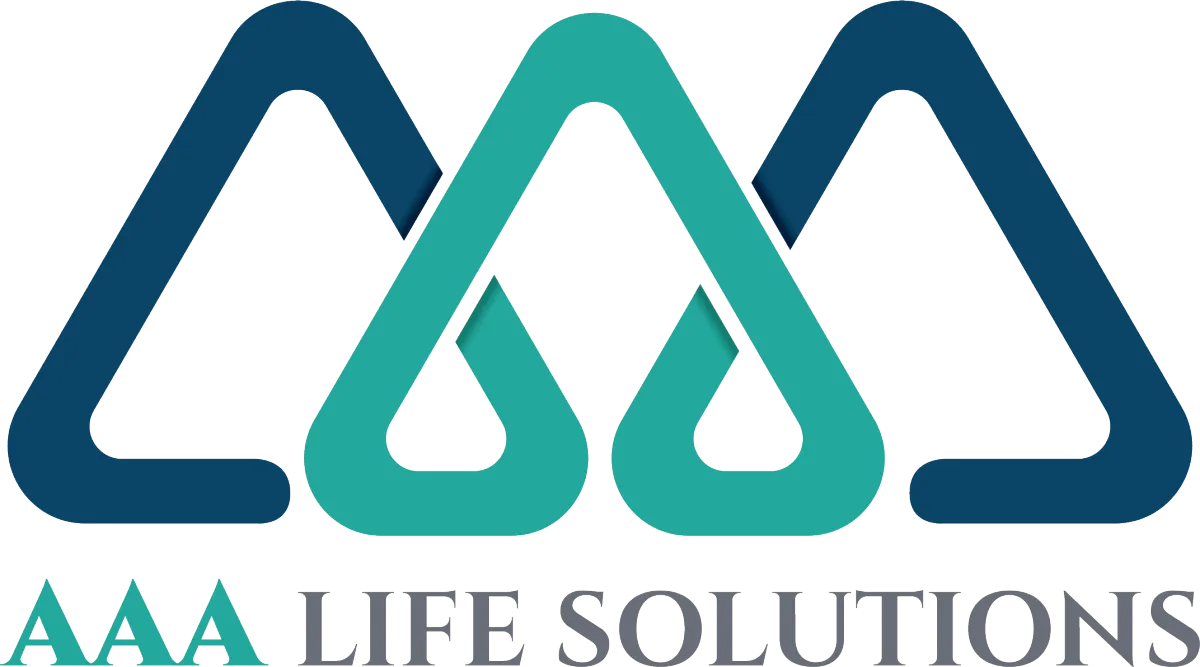At AAA Life Solutions, we know that navigating the insurance world and planning for retirement
can be a challenge.
That’s why we’re here to help.
Our compassionate and comprehensive approach ensures you have someone listening to your goals and objectives. We help you map out a plan to get you where you need to go. We make sure to protect what you have without giving up great returns and eliminate risk.

GET FINANCIAL ADVICE FROM THE EXPERTS
We start with a thorough evaluation of your needs and goals.
From there, we work to create a personalized financial plan
that will give you peace of mind.
We have a talented and diverse team of professionals, including CPAs, attorneys, real estate agents, mortgage brokers, insurance experts and employee benefits specialists, to handle any financial need that may arise.
Who do we help?
Although our portfolios offer extensive customization options and cater to a wide range of ages and needs, they are particularly well-suited for clients aged 55-75 who possess portfolios totaling $250,000 or more.
Our SMART Portfolio, on the other hand, is ideally designed for clients aged 35 and above. Moreover, we have the capability to serve clients throughout the United States.

What do we do?
Our expertise lies in constructing, and overseeing personalized retirement investment portfolios that:
possess the ability to achieve consistent growth, generate augmented income,
and safeguard the principal over the course of a client's lifetime.
These portfolios are carefully designed to mitigate potential market risks, ensuring minimal exposure to downward fluctuations.

How do we do it?
Our expertise lies in seamlessly executing 401K rollovers, managing IRA accounts, developing effective estate plans, implementing retirement income planning, optimizing tax advantages with retirement accounts, fostering child asset building, leveraging fixed indexed annuities, customizing employee retirement plans, and ensuring smooth business succession planning.
By utilizing this wide range of options, we ensure that our clients receive tailored solutions

At AAA Life Solutions, we’re here to help you achieve financial stability and security, so you can focus on what truly matters.

AAA Life Solutions
We are headquartered in Memphis, Tennessee.
We serve Clients all over the United States. Celebrating 27 years in the financial industry.

